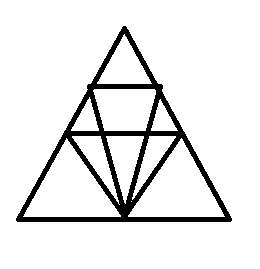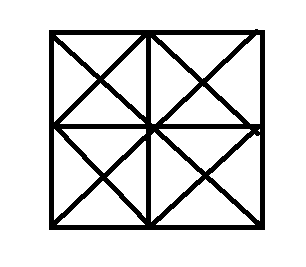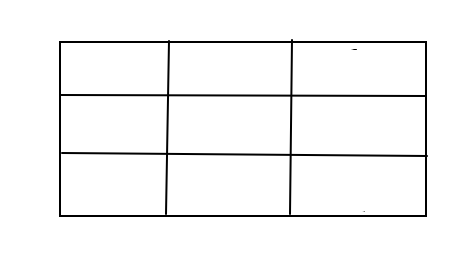Four of the following five are alike in a certain way based on the given arrangement & so form a group which is the one that does not being not being to that group?
5Directions: Study the following information to answer the questions.
Twelve people are sitting in two parallel rows containing 6 people each, in such a way that there is an equal distance between adjacent persons. In row-1 P, Q, R, S, T, and U are seated and all of them are facing south. In row-2 A, B, C, D, E and F are seated and all facing North. Therefore, in the given seating arrangement each member seated in a row faces another member of the outer row.
S sits third to right of Q, either S or Q sits an extreme end of line. The one who faces Q sits second to right of E. Two people sits between B and F. Neither B nor F sits at an extreme end of the line. The immediate end of line.
The immediate neighbour of B faces the person who sits third to left of P, R and T are immediate neighbours of the each other. C sits second to the left of A. T does not face the immediate neighbour of D.
Q:
Four of the following five are alike in a certain way based on the given arrangement & so form a group which is the one that does not being not being to that group?
- 1A-Tfalse
- 2B-Tfalse
- 3F-Pfalse
- 4C-Ufalse
- 5E-Qtrue
- Show Answer
- Workspace




